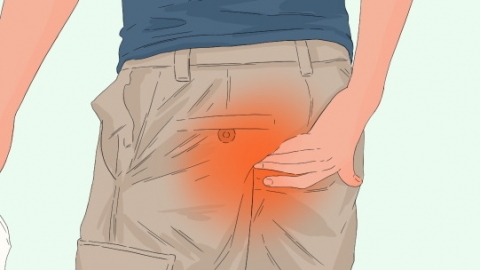How long does it take for the hole to heal after fistula surgery?
The healing time for the cavity after anal fistula surgery varies from person to person and typically takes 4 to 8 weeks. The key factors include the complexity of the fistula, the surgical method used, and the quality of postoperative care. Simple anal fistulas have smaller wounds and heal faster, while complex fistulas, which involve larger and deeper wounds, require a longer healing period. A detailed analysis is as follows:

Simple anal fistulas feature shallow tracts without branches, resulting in small postoperative wounds. With proper care, healing is generally complete within 4 to 6 weeks. During the first 1 to 2 weeks after surgery, the wound gradually shrinks and discharge decreases, while new granulation tissue slowly fills the cavity. Keeping the wound clean and dry during this phase effectively reduces the risk of infection and accelerates healing. In contrast, complex anal fistulas result in deeper and more extensive cavities, and some cases may require seton placement, leading to a healing period of 6 to 8 weeks or even longer. If complications such as infection or false healing occur after surgery, the recovery process may be further delayed.
In daily life, patients should follow medical advice for regular dressing changes, use warm water sitz baths to clean the wound, consume high-protein foods, and maintain smooth bowel movements to provide sufficient nutrition and an optimal environment for wound healing.




